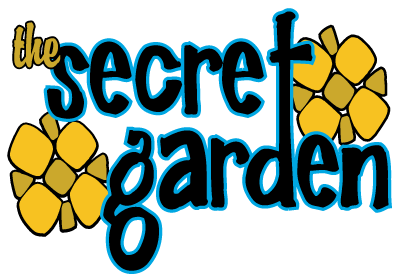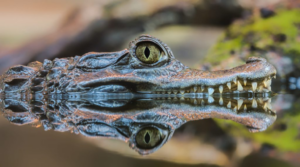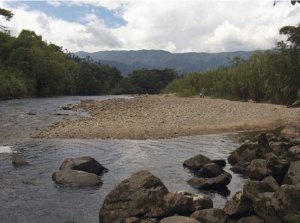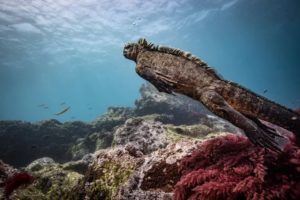Nestled in the picturesque Andean mountains of southern Ecuador, Cuenca beckons you to explore its enchanting wonders. From the scenic banks of the Tomebamba River to the captivating handicrafts, vibrant parks, and historic streets, Cuenca stands out as a city steeped in cultural traditions. Join us as we delve into the heart of this Ecuadorian gem, discovering its rich history, outdoor adventures, gastronomic delights, and colonial architecture.
Unravelling Cuenca’s History
A Tapestry of Cultures
Cuenca’s roots trace back to the pre-Spanish era, originally inhabited by the Cañari culture under the name Guapondeleg. Founded around 500 AD, the city’s narrative evolved with the Inca conquest, eventually transforming into the thriving Cuenca we know today. A tapestry of ethnicities, including Cañaris, Incas, Spanish settlers, and a touch of Afro-descendants, contributes to the city’s diverse heritage.
Capital of Centuries
Emerging as the third capital of the province in the nascent republic, Cuenca boasts a population of over 400,000 inhabitants and enjoys a temperate climate year-round. The fusion of indigenous influences and Spanish heritage birthed the iconic “Chola Cuencana,” representing the city’s unique character.
Cuenca’s Architectural Symphony
Timeless Elegance
Cuenca showcases a blend of architectural styles, reflecting different eras and stories. From Spanish colonial designs in the 19th century to modern structures symbolising civic pride, the city’s buildings narrate tales of the past. Parks, embodying love and respect, add to the city’s aesthetic charm.

Beyond the Cityscape: Exploring Cuenca’s Treasures
Nature’s Bounty
Embark on a journey through the Cajas National Park, witnessing diverse flora and fauna. Experience Ecuador’s wildlife at the Amaru rescue centre and take a horseback ride through the scenic Andes. Explore the cloud forest of Girón, marvel at the impressive El Chorro waterfall, and delve into the Inca ruins of Pumapungo and Ingapirca.
Cultural Revelations
Ascend to the heights of the new cathedral, a pinnacle of architectural allure that began construction in 1885. Discover the art of crafting toquilla straw hats, meander through international plazas for Andean handicrafts, and immerse yourself in the vibrant open-air flower market along the Tomebamba River.
Festivals and Traditions
Partake in the enthusiasm of the Holy Innocents festivities, witnessing lively street celebrations. Embrace the vibrant traditions of the Cuenca carnival and savour the gastronomic delights woven into the city’s cultural fabric. Holy Week and Corpus Christi stand out as significant religious commemorations, offering a glimpse into the deep-rooted traditions of Cuenca.
Culinary Delights: A Taste of Cuenca
Gastronomic Symphony
For those craving culinary adventures, Cuenca’s cuisine beckons. Indulge in Morteruelo, akin to a flavoursome pâté, or relish Zarajos, featuring marinated lamb intestines. Migas with egg and shepherd’s gazpacho showcase the region’s culinary prowess. Conclude your gastronomic journey with the exquisite sweet treat, Alajú, a testament to Cuenca’s culinary heritage.
The Essence of Cuenca
Tranquility and Warmth
Cuenca, a serene city with robust health and a vibrant atmosphere, offers a plethora of resources to its inhabitants. The friendly and hospitable locals embody the simplicity and chivalry inherent in their temperament. In this magical city, possibilities abound for both temporary visitors and regular inhabitants alike.
In conclusion, Cuenca invites you to immerse yourself in its magical tapestry, where history, nature, and culture converge to create an unforgettable experience. Whether you seek architectural marvels, culinary delights, or cultural festivities, Cuenca stands ready to captivate your senses.




